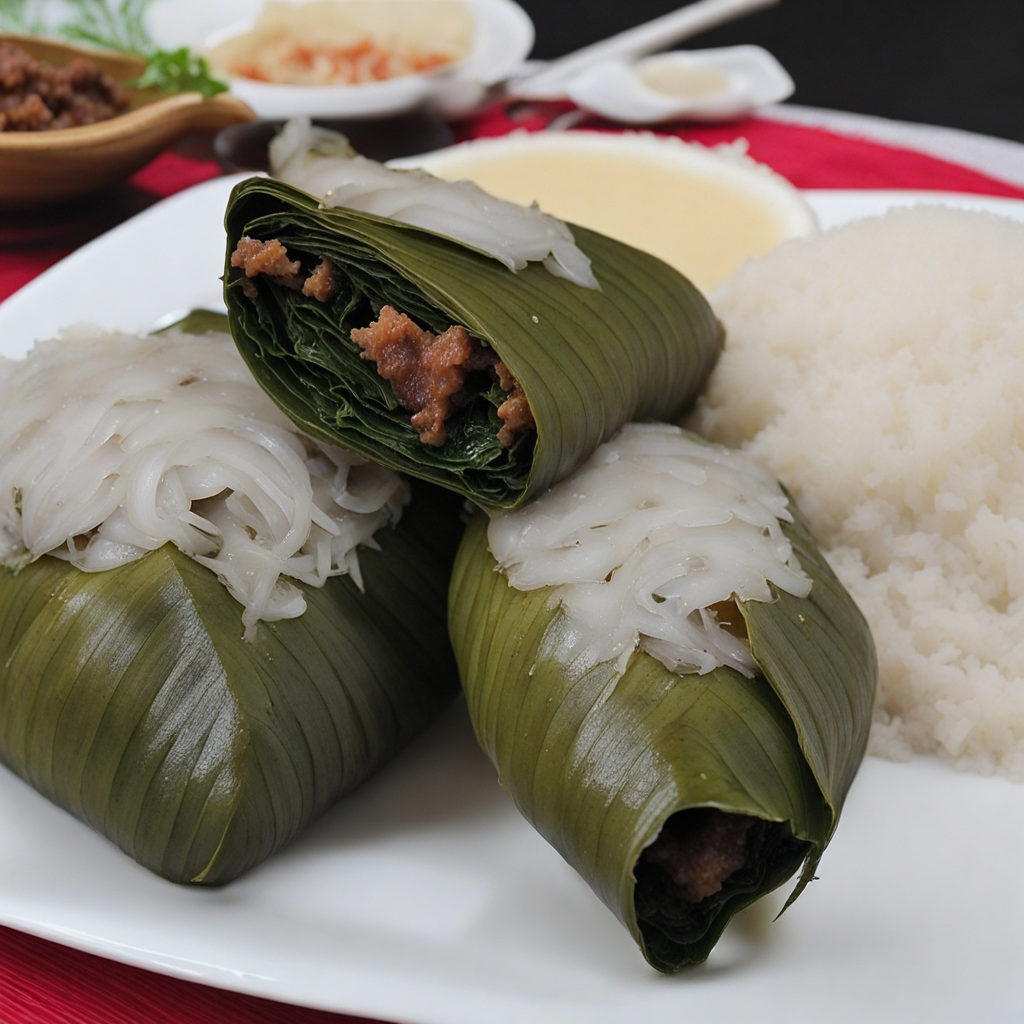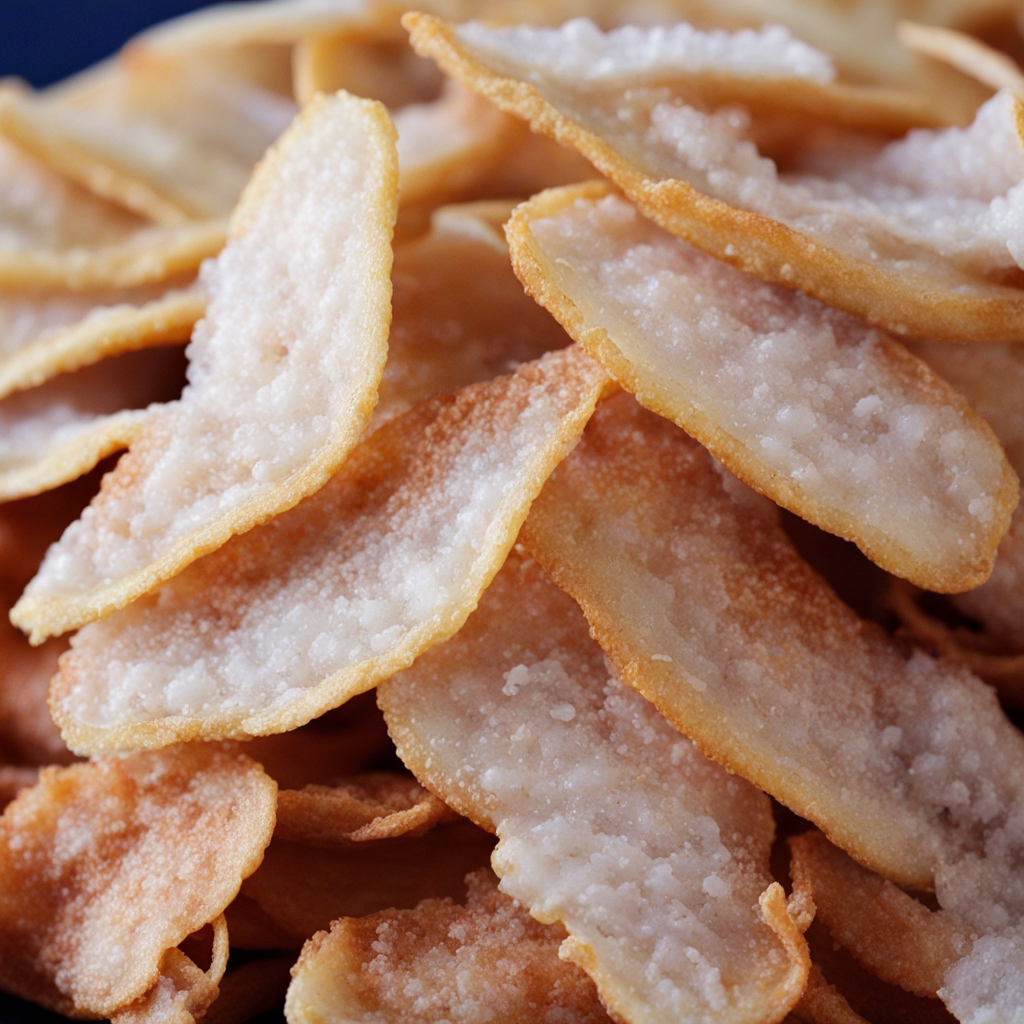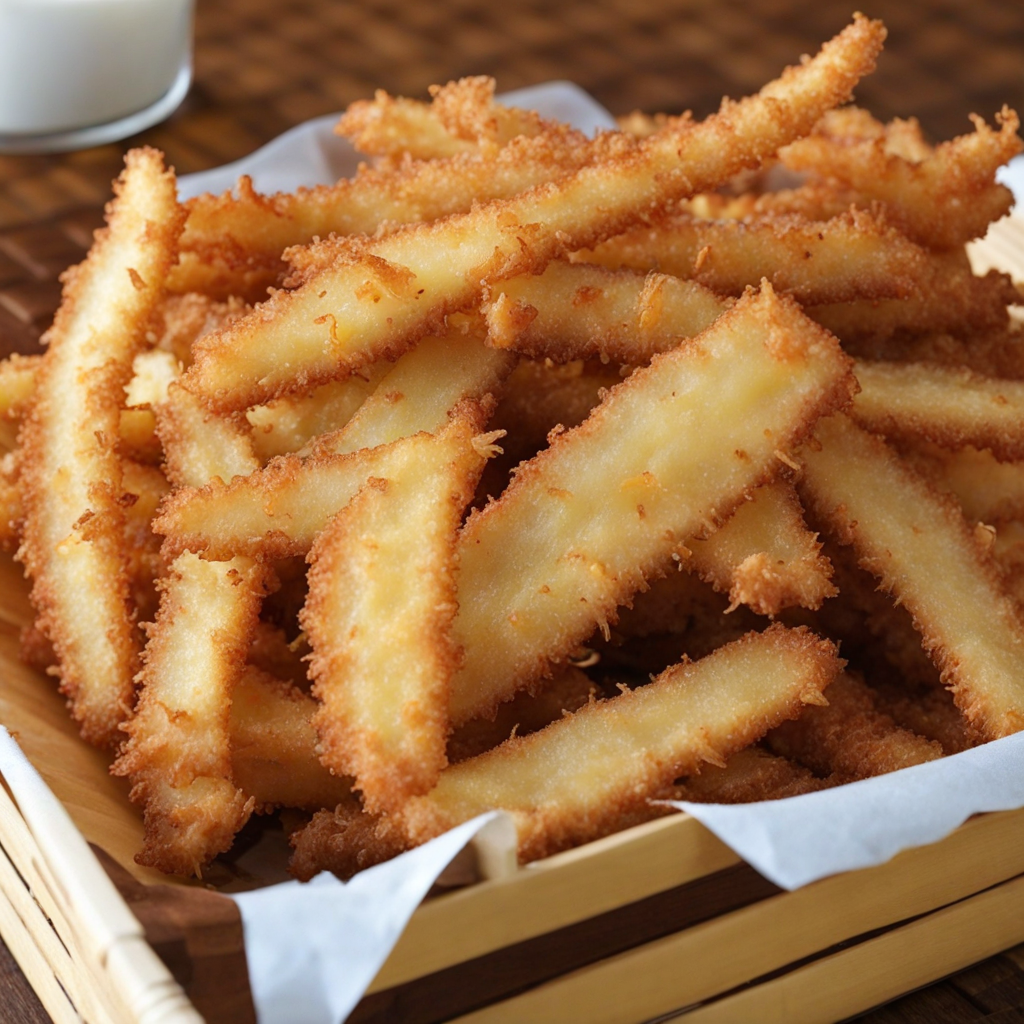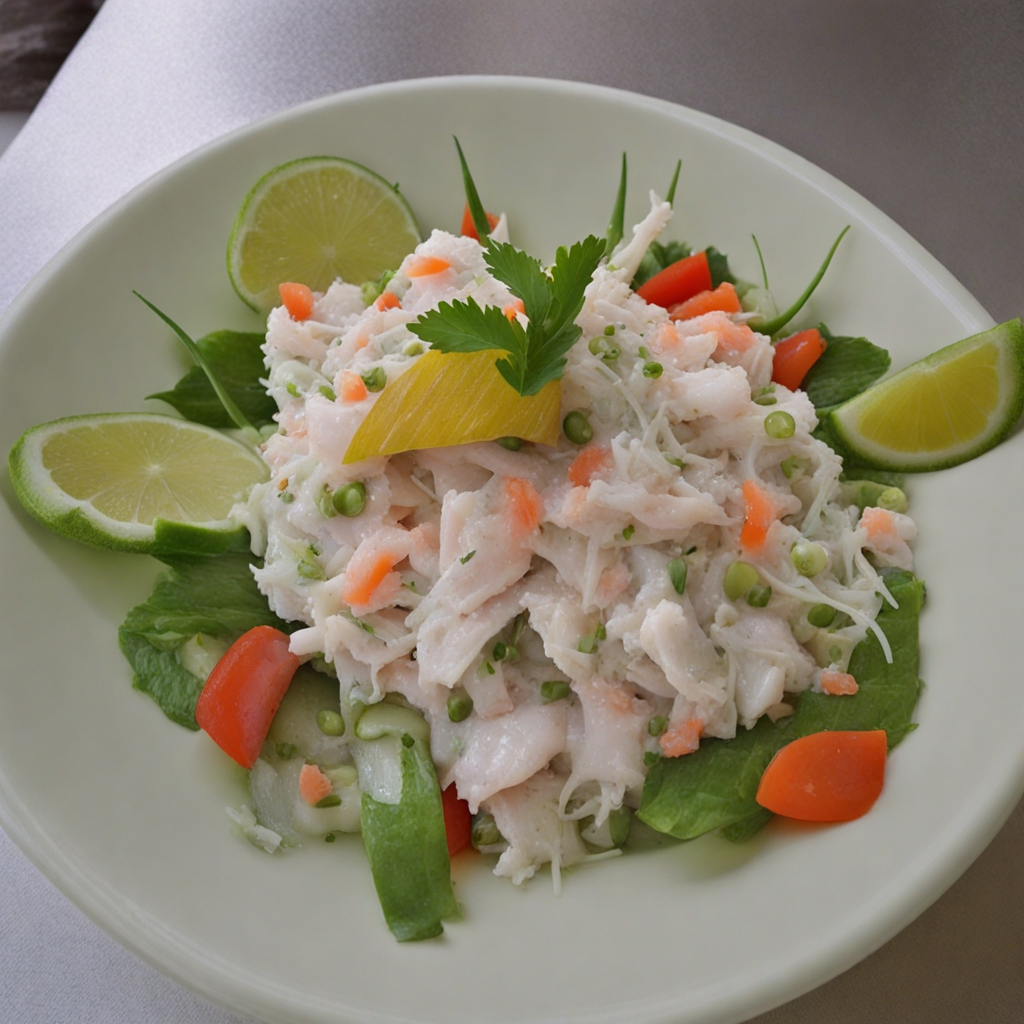Palusami
Palusami is a traditional Tongan dish that showcases the rich flavors and cultural heritage of the islands. At its core, palusami consists of young taro leaves wrapped around a savory filling, typically made from coconut cream and finely chopped onions. The combination of the creamy coconut and the earthy taste of taro creates a delightful contrast that is both comforting and unique. The dish is often cooked in an underground oven, known as an umu, which imparts a subtle smokiness to the leaves and enhances the overall flavor profile. The preparation of palusami is a labor of love, as the process involves carefully selecting the freshest taro leaves, which are usually harvested when they are still tender. The leaves are then filled with a rich mixture of coconut cream, often enriched with local ingredients such as fish or meat, and then wrapped tightly before being steamed or baked. When you take a bite, the tender taro leaves yield to reveal a luscious, creamy filling that is both satisfying and indulgent, making it a favorite among locals and visitors alike. What makes palusami truly special is its versatility; it can be enjoyed on its own or served as a side dish alongside other Tongan staples like lu sipi (lamb in coconut cream) or ota ika (raw fish salad). The dish embodies the essence of Tongan cuisine, celebrating the island's bountiful ingredients and traditional cooking methods. Each mouthful of palusami transports you to the serene shores of Tonga, where the ocean meets the land, and every meal is a celebration of community and culture.
How It Became This Dish
Palusami: A Culinary Jewel of Tonga Palusami is more than just a dish; it is a cherished culinary tradition from the islands of Tonga, deeply rooted in the nation’s cultural identity and history. This delightful dish consists of taro leaves filled with a mixture of coconut cream, onions, and often either fish or meat. It is wrapped tightly in the leaves and baked or steamed, resulting in a rich, flavorful, and creamy delicacy. To understand palusami's significance, we must explore its origins, cultural ties, and evolution over time. Origins of Palusami The origins of palusami can be traced back to the Indigenous peoples of the Pacific Islands, with Tonga being one of the earliest sites of Polynesian civilization. The Tongan archipelago, consisting of approximately 170 islands, has a climate perfectly suited for agriculture, particularly the cultivation of taro, which is a staple food in the region. Taro (Colocasia esculenta) has been cultivated in the Pacific Islands for over 3,000 years and is often regarded as a sacred plant. It was a primary food source for the Tongan people, providing sustenance and forming the basis of their agricultural practices. The leaves of the taro plant, which are the star ingredient of palusami, were utilized not only for culinary purposes but also in traditional medicine and rituals. Coconut trees (Cocos nucifera), another significant plant in Tongan culture, are abundant in the islands. The coconut provides a variety of culinary uses, with its milk being a key ingredient in many Tongan dishes, including palusami. The combination of taro leaves and coconut cream symbolizes the bounty of the land and sea, reflecting the harmonious relationship the Tongan people have with their environment. Cultural Significance In Tongan culture, food is a central aspect of social life and community gatherings. Palusami is often served during special occasions, including feasts, weddings, and funerals, underscoring its importance in communal celebrations and rituals. The preparation of palusami is often a communal affair, highlighting the values of cooperation and sharing that are integral to Tongan society. The dish holds a deeper cultural significance as it embodies the spirit of hospitality and generosity, essential traits in Tongan culture. When preparing palusami for guests, it is customary to make larger quantities, showcasing the host's willingness to share their blessings. The dish is typically served with other traditional Tongan foods, such as ‘ota ika (raw fish salad) and lu sipi (lamb wrapped in taro leaves), creating a feast that encapsulates a rich tapestry of flavors. Development Over Time As Tonga's history evolved, so too did the dish of palusami. The arrival of European traders and missionaries in the 18th and 19th centuries introduced new ingredients and cooking techniques. While the core components of palusami remained the same, the incorporation of other proteins, such as chicken or pork, became more common, reflecting the adaptability of Tongan cuisine. The influence of globalization has also impacted the way palusami is prepared and enjoyed. In contemporary Tongan society, palusami can be found at various dining establishments, from traditional markets to modern restaurants. This shift has led to variations of the dish, with chefs experimenting with flavors while staying true to the essence of the original recipe. Modern Tongan families, especially those living abroad, continue to make palusami as a way to reconnect with their heritage. For Tongans in diaspora communities, preparing palusami serves as a bridge to their cultural roots, allowing them to share their traditions with younger generations. The dish has become a symbol of identity and continuity, even in foreign lands. The Ingredients The key components of palusami—taro leaves and coconut cream—are not only essential for flavor but also carry nutritional benefits. Taro leaves are rich in vitamins A and C, calcium, and iron, while coconut cream provides healthy fats and a creamy texture that enhances the dish's overall appeal. Traditionally, palusami may also include fish, which is a significant source of protein for many Pacific Islanders, and it underscores the importance of the ocean in Tongan life. Cooking Techniques The preparation of palusami is an art in itself. The process begins with selecting fresh taro leaves, which are often harvested from family gardens. The leaves are then washed, and the thick stems are carefully trimmed. The filling, usually a mixture of coconut cream and finely chopped onions, is placed in the center of each leaf, along with any additional protein. The leaves are then folded over the filling, creating a neat parcel that is tied securely with strips of the leaves or string. Palusami can be cooked in various ways; it can be baked in an underground oven, known as an umu, where the heat radiates from hot stones, imparting a unique flavor to the dish. Alternatively, it can be steamed in a pot, allowing the flavors to meld together. Regardless of the method, the result is a comforting and aromatic dish that is enjoyed by many. Conclusion Palusami is a testament to the resilience and adaptability of Tongan culture. Its roots in the agricultural practices and natural resources of the islands speak to the deep connection the Tongan people have with their land and sea. The dish embodies the spirit of community, hospitality, and cultural identity, making it a beloved staple in Tongan households and beyond. As palusami continues to evolve, it retains its status as a cherished dish, bridging generations and fostering a sense of belonging among Tongans. In a world of fast food and rapidly changing culinary trends, palusami stands as a culinary jewel, a symbol of tradition, and an invitation to gather around the table. The dish is not just food; it is a cultural narrative, a celebration of heritage, and a delicious reminder of the importance of community and shared experiences.
You may like
Discover local flavors from Tonga







